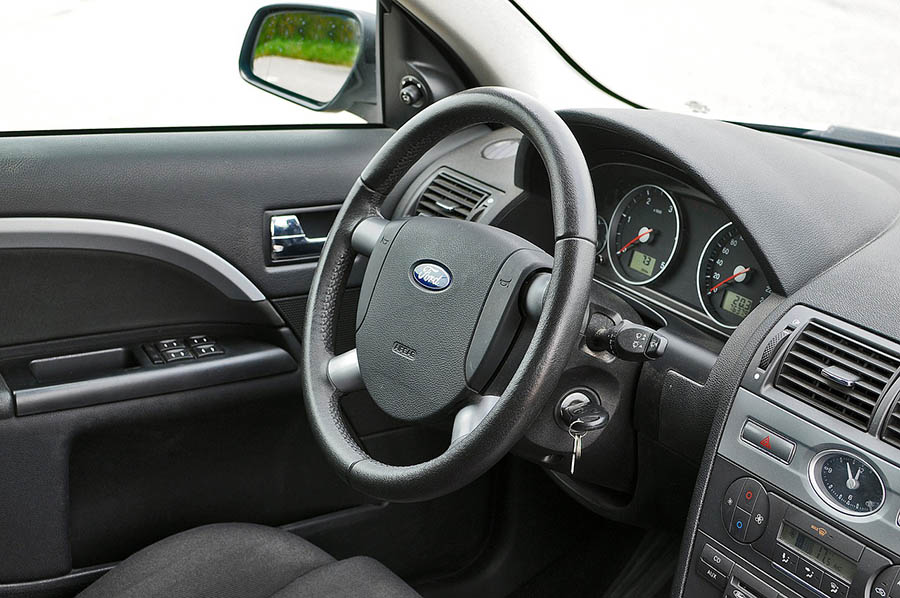If you notice that the steering wheel is not turning when driving or starting your car, there are several reasons for this. You can find out what the most common causes are and what the solutions look like in this article.

With the various problems, the main thing is whether you can no longer turn the steering wheel or whether it is difficult to turn. You should also pay attention to when the problem occurs. Based on these observations, you can find the cause more quickly. In most cases, it is due to the following causes:
Check power steering oil
Sufficient oil must always be available for power steering systems with hydraulic function. If there is not enough oil, the system cannot apply enough pressure and you can no longer or only very difficult to steer your car. Electric power steering systems, on the other hand, do not need oil and therefore do not have a container.

Using the operating instructions for your vehicle, you can find out where the corresponding container for the power steering oil is located. Then check the amount of oil present and add some oil if necessary. You can find the right oil in specialist shops or auto repair shops.
Defective power steering
Defective power steering is the cause in many cases. The support ensures that you can turn your steering wheel more easily. Hydraulic or electrical components are used for this, all of which may have a defect. Especially when you suddenly need more power to steer, this indicates a defective power steering.
You should have the problem fixed in a workshop, especially if it is a hydraulic power steering system. Then the hydraulic system is often replaced. With electric power steering, it can also be a defective fuse, then the problem is quickly and cheaply resolved.
Steering defective
It is more dangerous if the steering is generally defective. Then you can hardly steer your car, or only very minimally. The steering consists of the steering gear, the steering linkage and the steering lever. All parts are mechanical components, which can be damaged by wear.
You should always have the steering checked in a workshop. It is a safety-relevant area, similar to the brakes and the tires. Therefore it is better if you go to a workshop as soon as possible and have the problem fixed. If you can no longer steer at all, you must contact a towing service.
Defective battery
With an electrically powered power steering, it is not just a faulty fuse that is causing the problems. A defect in the car battery can also be responsible. The power steering then no longer receives sufficient power and is not supported sufficiently. Other signs of a defective battery include starting problems.

The battery can be defective or even empty. If it is only empty, you can charge the battery and the problems are solved. If the battery is defective, you only have to replace it. In general, you can assume that you can use a battery for a maximum of five to seven years, after which you should install a new one.
The V-belt as the cause
In addition to the battery, the V-belt is responsible for the operation of the power steering. Because the V-belt drives the alternator and the servo pump of your car. If the V-belt breaks or slips, the components no longer work properly.
If you suspect that your fan belt has broken, you should switch off the car and not start it again. If you change the V-belt, the steering will work again. A V-belt has a lifespan of 80,000 to 120,000 kilometers. Indications of a worn V-belt include squeaking noises as soon as the engine is running.









